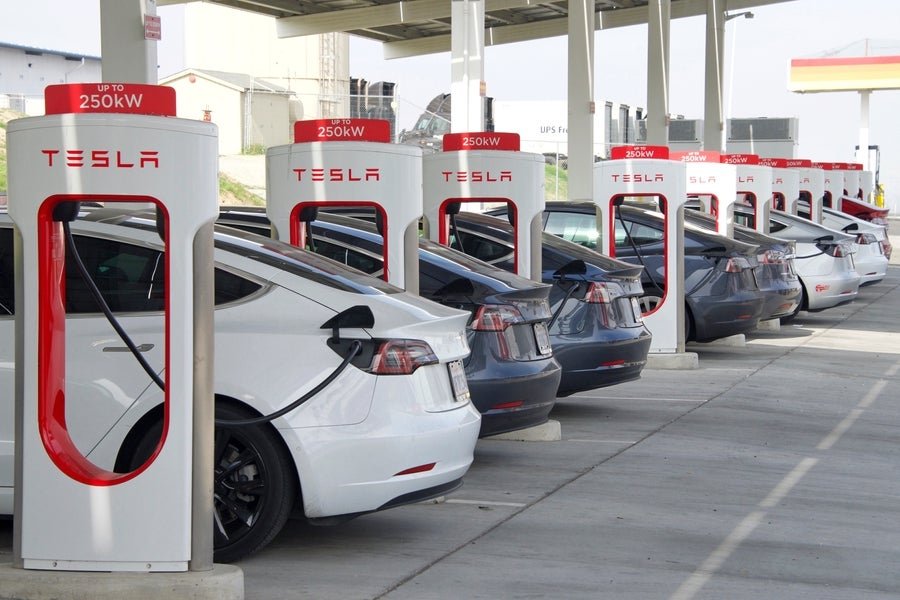Tesla Inc has made a groundbreaking move in the electric vehicle (EV) industry by opening its supercharger network in North America to rival automakers, including Ford Motor Co. This decision has been met with enthusiasm from investors and industry experts alike.
Tesla investor and Future Fund Managing Partner Gary Black highlighted the significance of healthy competition in accelerating the world’s transition to sustainable energy. Similarly, Gerber Kawasaki Wealth and Investment Management CEO Ross Gerber believes that Tesla’s decision to open up its superchargers will greatly increase EV adoption.
After opening its network to Ford, Tesla announced plans to extend this access to other rival EV makers such as Rivian Automotive, General Motors, Volvo Car, and Polestar Automotive. This move is set to take place starting in the spring of this year and signifies Tesla’s commitment to promoting EV technology across the industry.
Tesla’s decision to open its North American supercharging network to more automakers through 2025 is a strategic move aimed at expanding accessibility to EV charging infrastructure. While initially requiring an adapter provided by the respective automakers, vehicles will eventually integrate Tesla’s charging standard, eliminating the need for adapters.
Ford CEO Jim Farley expressed gratitude towards Tesla and its leadership in improving access to charging for EV customers. Tesla superchargers currently account for three out of every four fast chargers in the region, although not all superchargers are accessible to drivers of other vehicles, with some reserved exclusively for Tesla vehicles.
In response to these developments, Tesla’s stock rose 5.4% over the past week, closing at $202.64 on Friday. This move by Tesla signifies a shift towards collaboration and cooperation in the EV industry, ultimately benefiting consumers and advancing the adoption of sustainable energy solutions.
Overall, Tesla’s decision to open its supercharger network to rival automakers marks a significant step towards enhancing accessibility and convenience for EV users. This move is expected to drive further innovation and competition in the EV market, ultimately benefiting both consumers and the environment.





